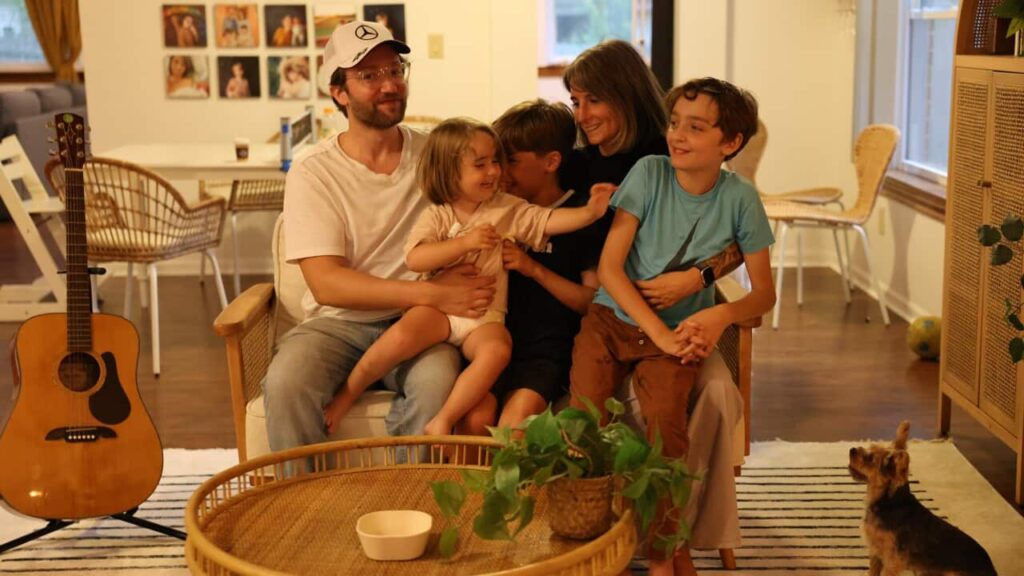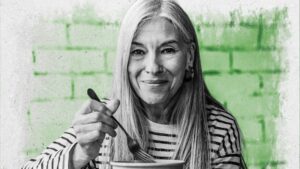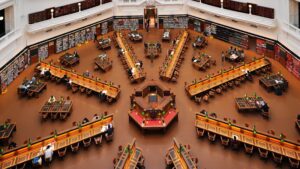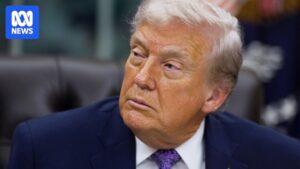
Dressed in a sage green onesie, 12-year-old Charlie gently pads through his home in Austin, Texas. He lightly taps his fingers, bounds up to windows like he’s discovering the view for the first time, and clicks his tongue to his own rhythm. Charlie requires around-the-clock care for his autism and is non-verbal. Yet, it’s a small miracle that he’s just asked for chips and pizza.
Through repetition and reinforcement in Applied Behaviour Analysis (ABA) therapy, Charlie has learned to develop language and communication skills via an electronic tablet. His voice is not his own but a monotone, synthesized one which he now uses to recruit anyone within earshot to help him raid the pantry. Charlie has what’s known in the US as ‘level three’ autism and is non-verbal.
“Before his (communication) device, he was screaming hundreds of times an hour. He had no way of communicating his needs,” says his mum Eileen Lamb. Eileen says it’s given him agency and power to come off the sidelines of the neurotypical world and become an active player in it.
A Spectrum of Experience
According to the World Health Organization, autism spectrum disorder (ASD) constitutes a diverse group of conditions related to the brain and the wide spectrum of experiences and needs. Those different needs play out every day in Eileen’s home.
“Both of my sons are on the spectrum. Charlie has what’s known as level three autism, severe. My son Jude is 10 and has level one autism, which is the mildest on the scale,” Eileen says. “And then there’s me. Ten years ago, I was diagnosed with high-functioning autism.”
Jude says he feels like the ‘big brother’ in this family. He also says people don’t know he has autism. “It sometimes makes me better at things. I got to go in the fifth grader lessons for math and I was the best one.”
It’s more complex for Charlie, who also has a condition called “pica”, an urge to eat non-edible items. At its worst, he tried to swallow objects including screws and rubber bands every 90 seconds. This is partly why his bedroom is dominated by what Eileen calls a “baby jail”.
“Most parents read a book and tuck their child in bed at night. I have to zip my child safety bed so he doesn’t kill himself overnight. I know this sounds extreme, but this is what we have to do,” she says.
Debunked Claims Back in the Spotlight
The announcement comes as US President Donald Trump and his health secretary Robert F Kennedy Jr have revived debunked claims that routine childhood vaccines are linked to autism. This week, they extended that link to the use of the painkiller paracetamol (popularly marketed under the brand name Tylenol in the US) during pregnancy.
“I want to say it like it is, don’t take Tylenol. Don’t take it,” Trump said at the White House.
The US Food and Drug Administration has recommended a cautious approach to the use of Tylenol during pregnancy. Meanwhile, Australia’s Therapeutic Goods Administration joined other global medicine regulators, clinicians, and scientists in rejecting a link, saying scientific evidence shows “no causal link between the use of paracetamol in pregnancy and autism”.
The Make America Health Again Commission, which Kennedy is chair of, has promised to “[restore] science and research” into areas including “vaccine injuries” and autism as part of the ‘Make Our Children Healthy Again’ strategy.
“Autism destroys families, and more importantly, it destroys our greatest resource, which is our children,” Kennedy said in April this year.
Expert Opinions and the Science of Autism
At the University of California, Los Angeles, Dr. Daniel Geschwind runs his namesake lab and has spent decades studying autism. His conclusion is that autism is overwhelmingly genetic.
“About 80 per cent heritable. Around 95 per cent encompassed by genetic forms,” he says.
Geschwind doesn’t understand Kennedy’s focus on vaccines and other factors, saying the science is clear. “That question has been asked dozens of times, in many study designs, across many countries. There is no association [between autism and vaccines].”
Geschwind is concerned about the direction of US health policy. “I feel sad that the world has come to a place where credible science is being disregarded.”
Diagnosis and Identity
The expansion of how autism is diagnosed means some people are making big discoveries about themselves and their identity as adults. “(Being diagnosed) made my life finally make sense after almost 30 years,” Lyric says on a break from their autism advocacy podcast.
Lyric is a US-based advocate and consultant who runs the Neurodivergent Rebel blog. They say their autism includes hyperfocus, the ability to concentrate intensely for long periods. It’s a trait that’s bolstered their advocacy in championing the real-life experiences of those who identify as “actually autistic”.
“There’s unfortunately a movement of people that have been led to believe that autism is this separate entity from their child. That if they can somehow pull it out, there’s some kind of normal child that’s just hiding under all of this autism, but it’s this view that’s not very realistic or humanising,” they say.
As the spectrum of autism expands with each new diagnosis, at the heart of the ‘autism debate’ in the US are conversations about understanding, self-determination, and support. Meeting those diverse needs is now in the hands of the Trump administration and governments around the world, and watching on is a community growing by the day.







